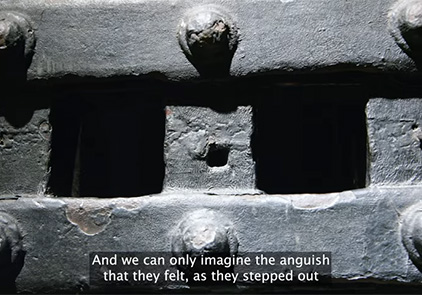Executions: Methods of Execution mini documentary
Throughout London’s 700 years of public execution, a wide range of crimes bore the death penalty, from the most serious offences to minor felonies and actions that are no longer illegal.
Hanging was the most common form of execution with traitors often being hung, drawn and quartered. They would be dragged to the site of execution, then they would be hanged (but not until dead) and would be pulled down while still alive to be cut open to have body parts removed. The most notorious traitors would have their decapitated heads dipped in tar in order to preserve them and then put on a spike so that others could see the punishment for treason.
Those accused for religious crimes would often be burned along with women caught for either counterfeiting money or petty treason. Though only used twice, boiling was a method brought in by Henry VIII as a punishment for poisoners – he had a fear of being poisoned and so (naturally) wanted to do all he could to prevent this from happening. By the late 18th century, we had what was called The Bloody Code, revealing over 200 crimes which were punishable by death.








